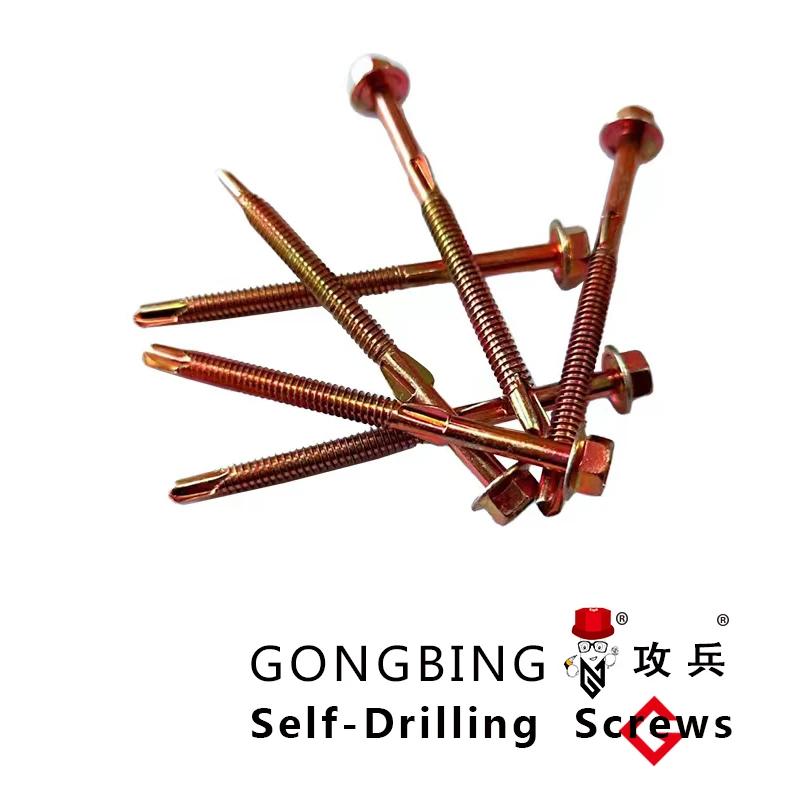chemical screw anchor
The Importance of Chemical Screw Anchors in Construction
In the ever-evolving landscape of construction technologies, the use of chemical screw anchors has become increasingly prevalent due to their superior performance and adaptability. This innovative fastening solution significantly enhances structural integrity when connecting materials to concrete, masonry, or brick, making it essential for various applications in both residential and commercial projects.
Chemical screw anchors are essentially specialized fasteners that combine the mechanical strength of traditional screws with the bonding properties of a two-part chemical adhesive. This adhesive is typically a resin-based material that, when mixed, cures to form a robust bond with the surrounding substrate. This unique combination not only provides high load capacity but also offers resistance to environmental factors such as moisture and extreme temperatures.
One of the most significant advantages of chemical screw anchors is their ability to perform effectively in a wide range of base materials. Unlike traditional mechanical anchors, which can be limited by substrate integrity, chemical anchors can withstand installation in less-than-ideal conditions. For instance, in applications where concrete is cracked or compromised, chemical anchors can be used to create strong connections that would otherwise be impossible with standard fasteners.
The installation process of chemical screw anchors is relatively straightforward, yet it requires precision to ensure optimal performance. Begin by drilling a hole into the substrate where the anchor will be installed. After cleaning the hole of dust and debris, the chemical resin is injected into the hole, followed by the insertion of the screw anchor. Once the anchor is in place, it is essential to allow the chemical resin to cure fully before applying any load, which can take several hours to a few days, depending on the environmental conditions and resin specifications.
chemical screw anchor

Safety is a primary concern in construction, and chemical screw anchors offer additional protection against failure. Their design allows for even load distribution and the ability to accommodate dynamic loads, such as those experienced in seismic regions. The use of chemical anchors can significantly reduce the risk of anchor pullout, which is crucial for ensuring the safety of structures such as bridges, tall buildings, and industrial facilities.
Environmental considerations also play a crucial role in the selection of fastening systems. Many modern chemical screw anchors are designed with eco-friendliness in mind. The resins used are often low-VOC (volatile organic compounds), reducing harmful emissions during installation. Additionally, the longevity and durability of chemical anchors minimize the need for replacements and repairs, further contributing to sustainable construction practices.
Moreover, the versatility of chemical screw anchors extends beyond their structural applications. They can be employed in various other settings, such as mounting rails, securing shelving units, and even attaching fixtures in non-load-bearing walls. This adaptability makes them a favored choice among contractors and engineers seeking reliable fastening solutions in diverse environments.
In summary, chemical screw anchors are a vital component of modern construction techniques. Their unique combination of mechanical fastening and chemical bonding properties provides unmatched strength and versatility. As construction demands evolve, the continued innovation in chemical anchor technology will undoubtedly play a crucial role in enhancing the safety, reliability, and sustainability of structures worldwide. By integrating these advanced fastening solutions, builders can ensure that their projects stand the test of time while meeting the rigorous demands of contemporary engineering standards.
-
Weatherproof Plastic Expansion Anchors for OutdoorIroyinJun.06,2025
-
Sustainability in the Supply Chain: Eco-Friendly TEK Screws ProductionIroyinJun.06,2025
-
Load-Bearing Capacity of External Insulation FixingsIroyinJun.06,2025
-
Double Head Bolts: Enhancing Efficiency in Industrial MachineryIroyinJun.06,2025
-
Corrosion Resistance in Chipboard Screws: Coatings for Wholesale DurabilityIroyinJun.06,2025
-
Butterfly Toggle Bolts : Enhancing Structural ResilienceIroyinJun.06,2025
